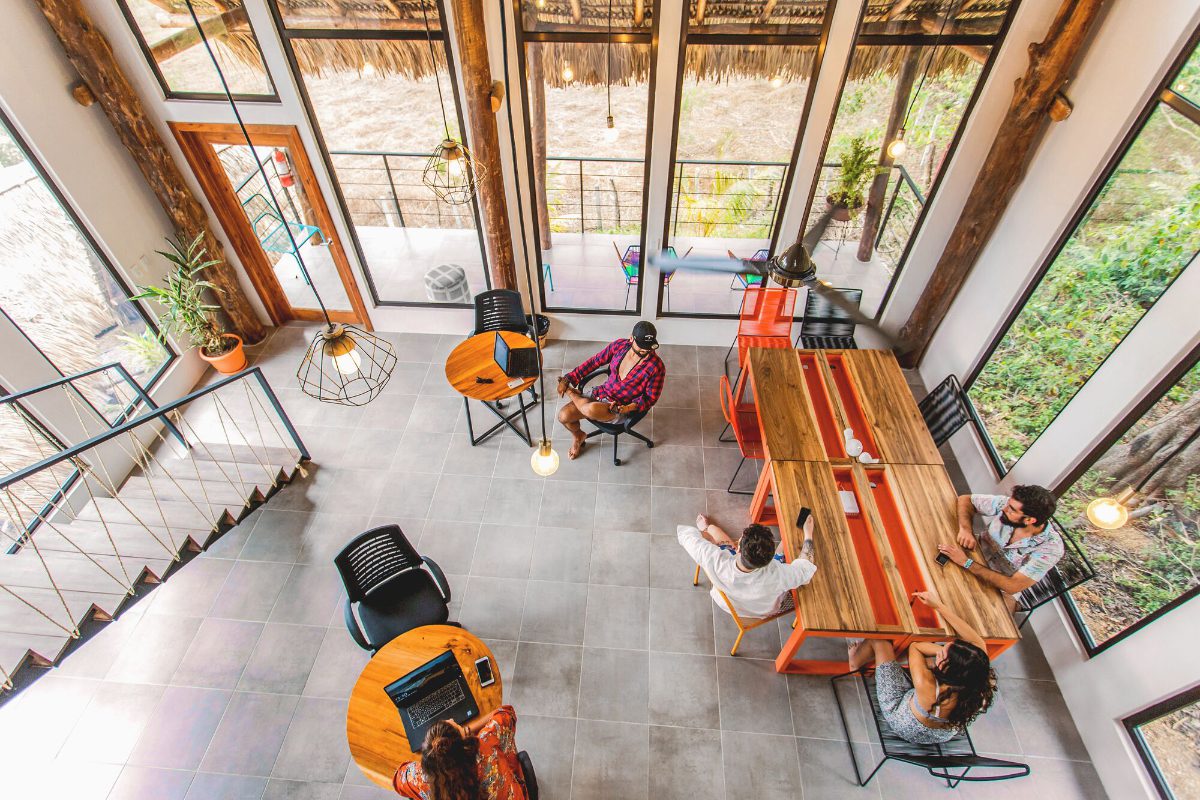5 Reveals About Selina Pulled From Its $1.2 Billion SPAC Filing

Skift Take
As the numbers of upwardly mobile millennial workers grow, a group of companies has emerged to provide relevant travel accommodation — grabbing the attention of investors.
That's key context for understanding why hospitality brand Selina is going public by merging with BOA Acquisition Corp — a special purpose acquisition company (SPAC) — in a $1.2 billion deal. The startup is selling a story many retail investors are currently hot for.
Selina runs 134 properties, most of which are premium hostels, usually with private rooms but sometimes with dorm-style halls. It occasionally runs traditional hotels, too, such as Selina Chelsea.
Brandwide, it delivers reliable facilities for remote working. It adds a veneer of local flavor and artsy decor. It also encourages guests to mix socially through activities, such as parties, surf lessons, and pole-dancing workshops.
We took a look at Selina's recently released investor pitch deck. A few points stood out.
Profitable at a Unit Level
If Selina were building a niche business, it could be a delightful small company with a profit margin of perhaps 7 percent to 15 percent.
Selina says its core model is profitable for units open more than two years, at which time its occupancy tips over into more than half full, on average.
"In 2019, mature Selina beds generated $9,000 in revenue per bed at an 18 percent unit-level adjusted earnings before interest, taxes, depreciation, and amortization (EBITDA) margin," the company's presentation says. After two years, a property's average revenue per occupied bed per day is $43.
Can the Model Scale?
Selina runs a total of about 22,400 beds. But it forecasts it will have 101,600 beds in 2025. Whether Selina can scale depends, in part, on supply and demand.
To believe in Selina, you have to believe all those memes about the future of work that receive thousands of likes on LinkedIn posts. More than anythi

